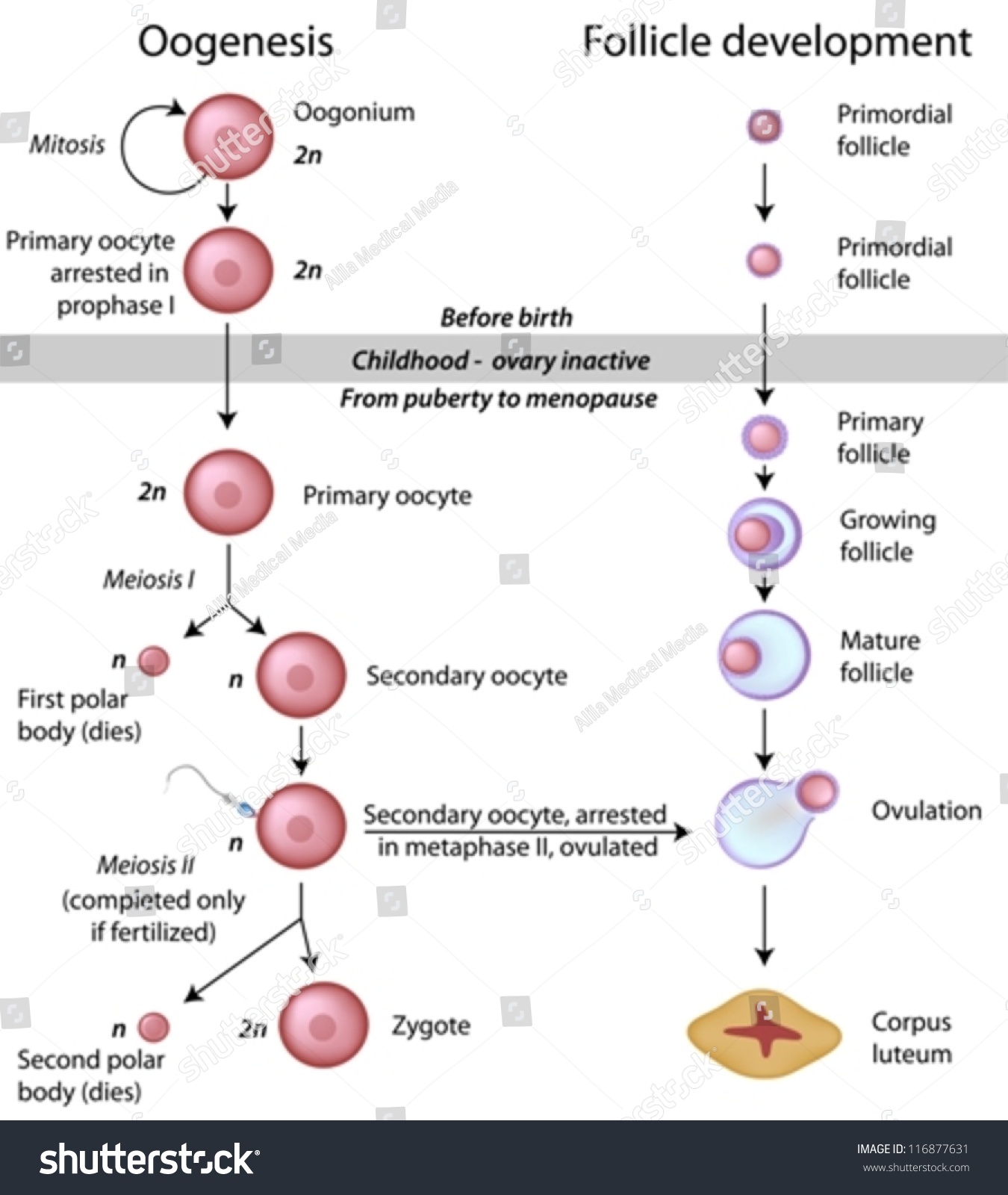Sexual reproduction in Humans
1/10
Earn XP
Description and Tags
1-6 (Male Reproduction system)
Name | Mastery | Learn | Test | Matching | Spaced |
|---|
No study sessions yet.
11 Terms
How do sperms move during ejaculation?
Before ejaculation:
Seminiferous tubules (production site) → collect in vasa efferentia tubes → carried to head of epididymis (where they become motile)
Ejaculation:
Head of epididymis → carried by vas deferens (and mixed with secretions) → penis
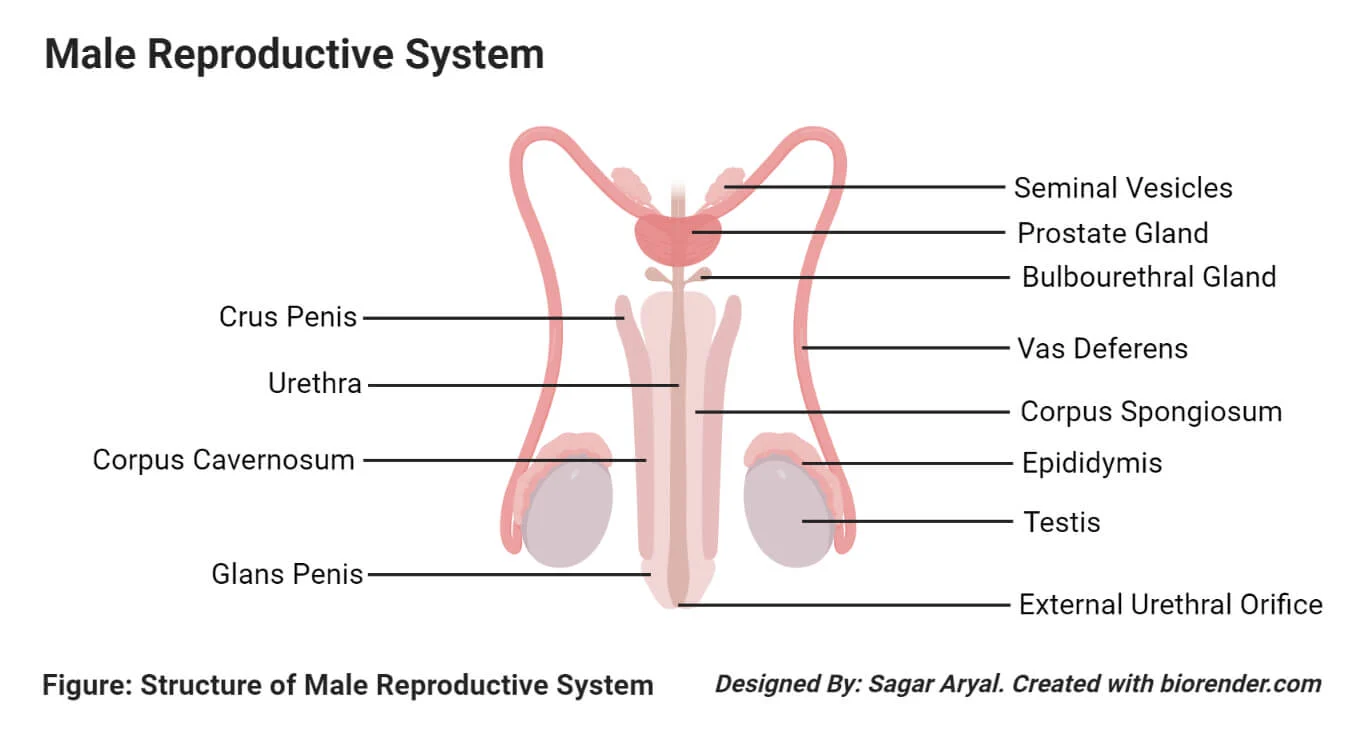
What are the accessory glands and their secretions (male reproductive system)?
Seminal vesicle (mucus)
- secretes mucus in vas deferens
- mucus secreted contain mixture of chemicals including fructose (respired by sperm)
Prostate gland (zinc-containing prostate fluid)
Purpose of these secretions:
both alkaline → neutralises acidity in urine in urethra and the acidity of vaginal tract
provides nutrients for sperm - fructose, amino acids, zinc ions
How does the structure of sperm look like?
mitochondria - provides ATP for movement
head - contains haploid nucleus
acrosome - contains lysosome enzymes used at fertilisation
tail - makes lashing movements that move sperm

Histological examination of testis
Secondary spermatocytes are not seen easily as they progress quickly to spermatids
Adjacent to the lumen, spermatozoa can be seen
Between strands of developing spermatids are → Sertoli cells (columnar large oval nucleus and dense nucleolus)
secrete fluid which i) nourishes the developing sperm and ii) protects them from immune system
Cells between seminiferous tubules called → Leydig cells which secrete testosterone
essential in sperm formation and maturation aswell as development of male secondary sexual characteristics
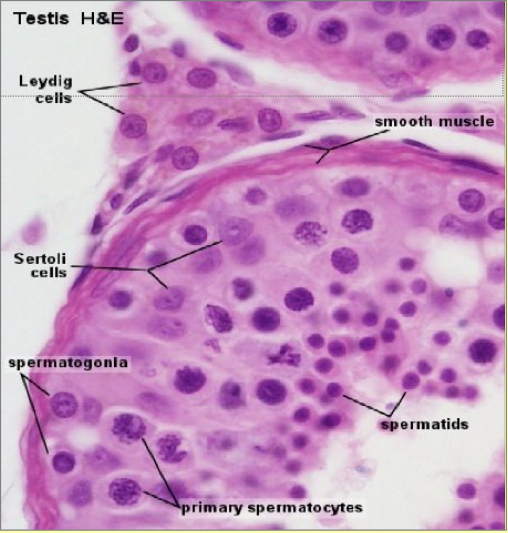
What is the sequence that occurs during spermatogenesis starting from epithelium germ cell?
1) Germinal epithelium cell → 2) spermatogonia → 3) primary spermatocyte → 4) secondary spermatocyte → 5) spermatids → 6) spermatozoa
Explain the process in spermatogenesis?
Germinal epithelium (diploid) divides by mitosis to make diploid spermatogonia and more germinal epithelium cells.
Spermatogonia divides many times by mitosis making more spermatagonia, some enlarge, making diploid primary spermatocytes
Primary spermatocytes undergo meiosis I, making haploid secondary spermatocytes.
Secondary spermatocytes undergo meiosis II, making haploid spermatids
Spermatids mature into spermatozoa/sperm
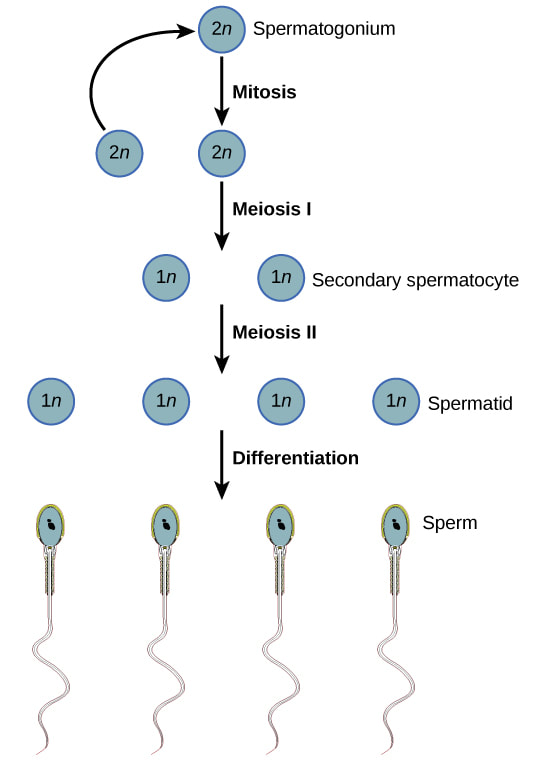
How do oocytes (developing egg) move during ovulation?
Oocytes mature/derive from cells in the germinal epithelium (around periphery of ovary)
Mature follicles then migrate to surface of ovary (alternate monthly) → secondary oocyte is released from ovulation
Cilia at entrance of oviduct funnel sweep the 2ndary oocyte into fallopian tube
→ ciliated epithelial cells lining the fallopian tube convey the secondary oocyte to the uterus
How does a mature/graafian follicle look like?
i) Zona pellucida - glycoprotein protein surrounding cell membrane of 2ndary oocyte.
ii) Corona radiata - cellular layer providing protection to them and provide nutrients
iii) Cumulus cells - contribute to radiata cells
iv) Theca - cells surrounding graafian follicle which release oestrogen.
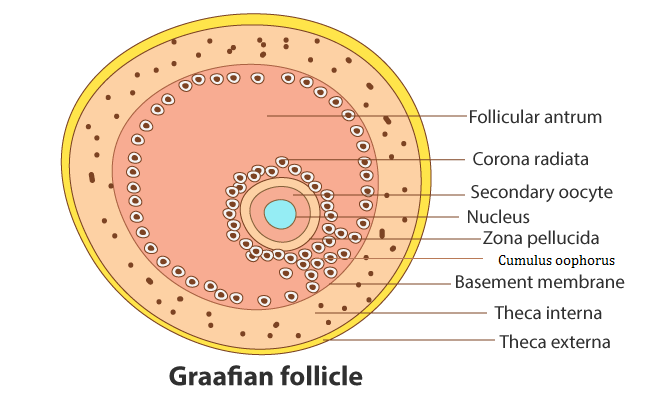
What are the 3 layers of the uterus wall?
Perimetrium - thin layer around the outside
Myometrium - muscle layer in the middle
Endometrium - innermost layer, mucous membrane well supplied with blood
→ layer that builds up and is shed in a monthly cycle (unless fertilisation occurs)
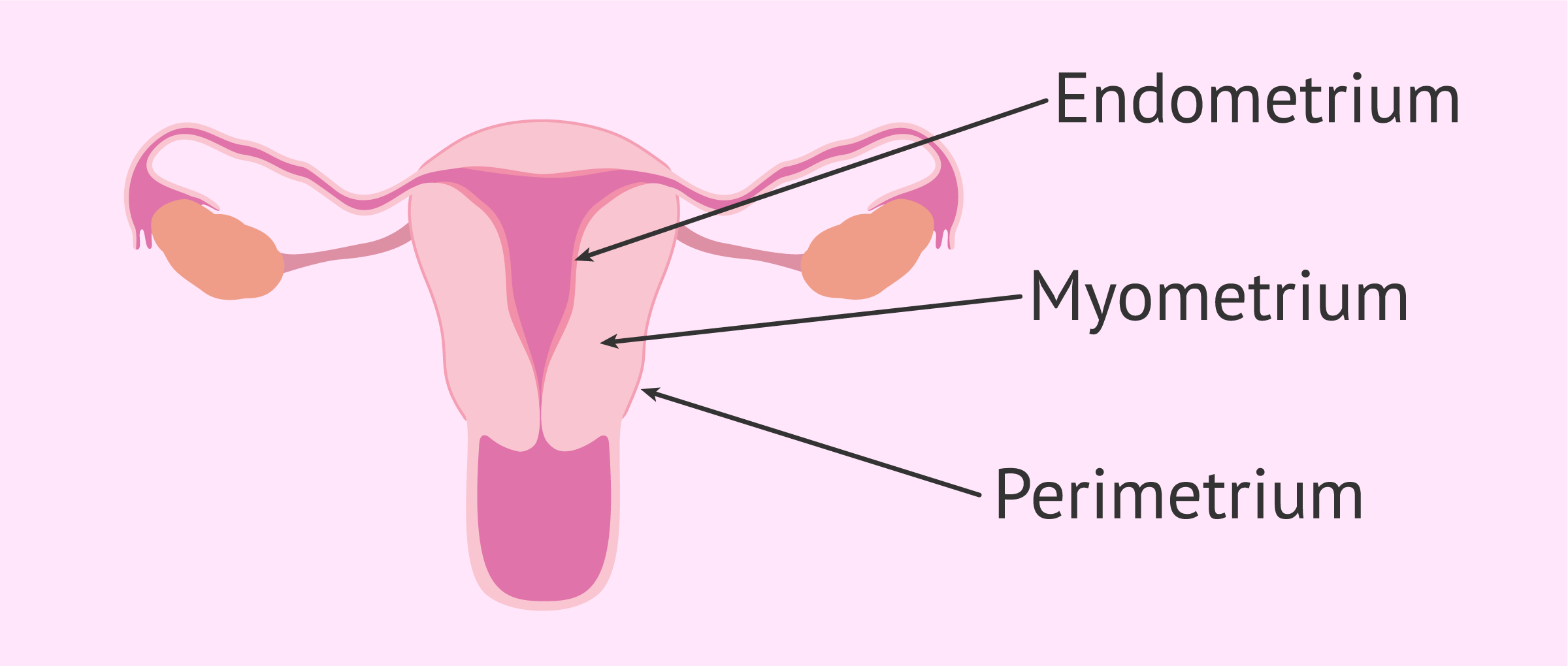
What is the sequence that occurs during oogenesis starting from epithelium germ cell?
1) Germinal epithelium cells → 2) Oogonium → 3) Primary oocyte + first polar body → 4) Secondary oocyte → 5) Ovum + second polar body
What is the process of oogenesis?
BEFORE BIRTH
Germinal epithelium cells divide repeatedly in ovary by mitosis → makes diploid oogonia + more germinal epithelium
Oogonia divide by mitosis and enlarge → diploid primary oocytes + more oogonia
Primary oocytes begin meiosis I (arrested at Prophase I)
→ millions of primary oocytes at Prophase I in newborn
AFTER BIRTH
After puberty, hormones stimulate development → b4 ovulation, primary oocyte completes meiosis I making secondary + first polar (disintegrates)
Secondary oocyte begins meiosis II, but arrested at metaphase II unless fertilisation occurs (would produce ovum)
